Bodrum
Bodrum is one of the 13 districts of Muğla. Today, the district is known for being an important tourism center, thanks to some of Bodrum's unique features. Bodrum is a district known for tourism not only in Turkey but also in the world. In terms of population, it has become the largest district in the province, surpassing Menteşe and Fethiye. Bodrum's name in ancient times was 'Halicarnassus'. It was read as 'Halicarnassus' in Turkish. The city was named 'Petrium' after the city was dedicated to St. Peter, together with the castle called St. Peter's Castle. Over time, this name was first used as 'petrum', then 'potrum' and finally 'Bodrum'. Bodrum is located on the lands that are the intersection point of Greek and Anatolian civilizations. Archaeological findings from various civilizations such as Leleg, Caria, Persian, Dor, Hellenic, Roman, Byzantine and Ottoman indicate that the region and its surroundings have a history of seven thousand years. Bodrum was one of the most important port cities of the Caria Region in ancient times. Many important people lived here, such as Herodotus, known as the father of history, and Artemisia I, the first female admiral in history. According to the sources of Bodrum historian Herodotus, life in Bodrum dates back to B.C. It started with the city founded by the Dorians in 1,000 in the area where the castle is now located. Although the city later came under the rule of the Lydians and Persians, it experienced one of its brightest periods when it was under the rule of the Carian satrapy. B.C. Bodrum, which was destroyed and burned during the conquests of Alexander the Great in 334, could not recover for a long time and was ruled by generals for a while after Alexander's death. Bodrum, which was under the protection of the Romans in 133 BC, continued its existence as a diocese under the Metropolitanate of Aphrodisias after the division of Rome into two (324 AD). Bodrum, which was captured by the Turks in the 11th century, became a part of the Menteşe Principality in the 13th century. Bodrum was annexed to the Ottoman Empire during the reign of Suleiman the Magnificent. Bodrum, which was occupied by the Italians at the end of World War I (May 11, 1919), was taken back by the Turks during the War of Independence. Mausoleum, one of the Seven Wonders of the World, was built in the city of Halicarnassus. The marble stones of the mausoleum, which was destroyed over time due to earthquakes and invasions, were used in the construction of Bodrum Castle. The castle was built by Christian Knights in the 15th century. The construction was completed over a period of 100 years. In order for the castle to be completed, the Pope distributed indulgence papers to those working in the construction of the castle. Bodrum city is the last Christian land captured in Anatolia. City II. Although it was besieged during the time of Mehmed II, it was captured only during the Rhodes Expedition of Suleiman I. Today, Bodrum Castle serves as the 2nd largest Underwater Archeology Museum in the world. It is the strongest surviving castle in the Eastern Mediterranean. The city of Bodrum hosts many cultural events. Bodrum is located in the western corner of Muğla province. The majority of the district's territory is located within a peninsula bearing its name, and the district is surrounded by the Aegean Sea from the north, west and south. It does not have any administrative borders except Milas in the east. In terms of climate, it has a feature that is a synthesis of Aegean and Mediterranean climates. As a peninsula, it features a microclimate area. There is almost no humidity in the summer months. During the winter months, the humidity is quite low. The summer months are hot and dry, and the winter months are quite warm and rainy. Since 1970, snowfall has only occurred in February 2004, and the average snow depth has reached 5 cm. The peninsula is clearly divided into two in terms of vegetation. The vegetation in the part located to the west of the Bodrum-Milas highway is covered with bushes and shrubs and thorny grasses called "çeti" in the region. The part to the east of the highway is covered with coniferous red pine, wild strawberry, myrtle and sandalwood trees. 61.3% of the district's land is in forest areas. However, as a result of forest fires in recent years, a significant decrease in forest cover has been observed. There is no regular stream in the district. The Irrigation Pond located in Mumcular District is used for irrigation and drinking water purposes.




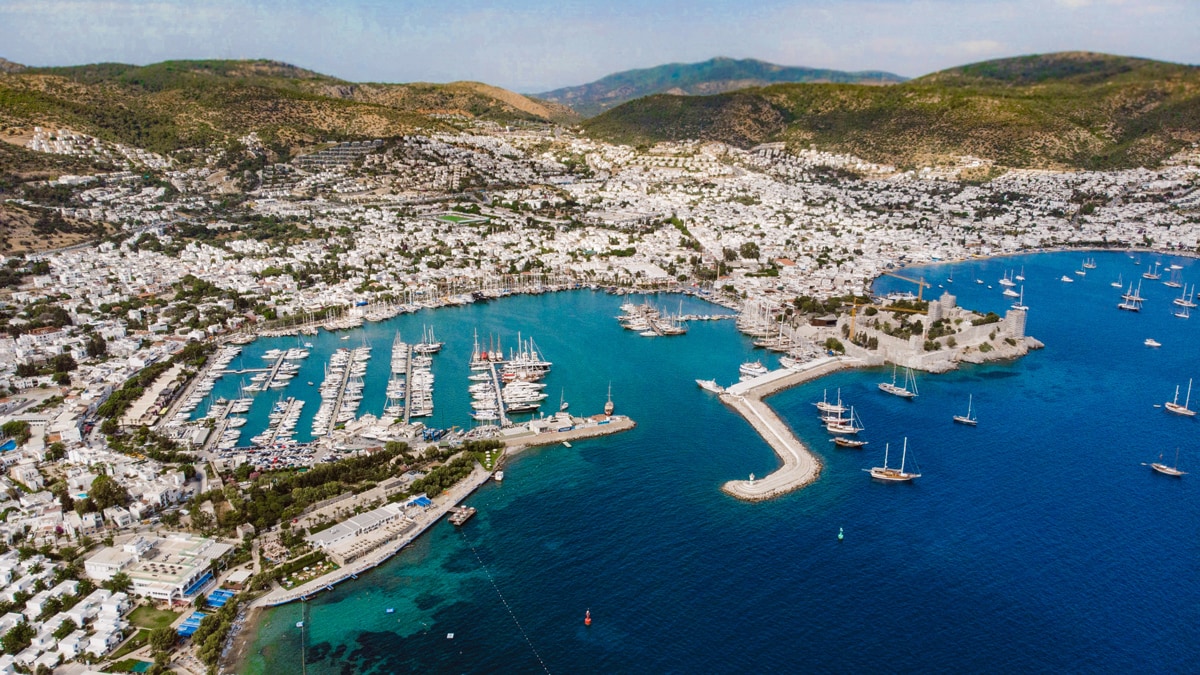
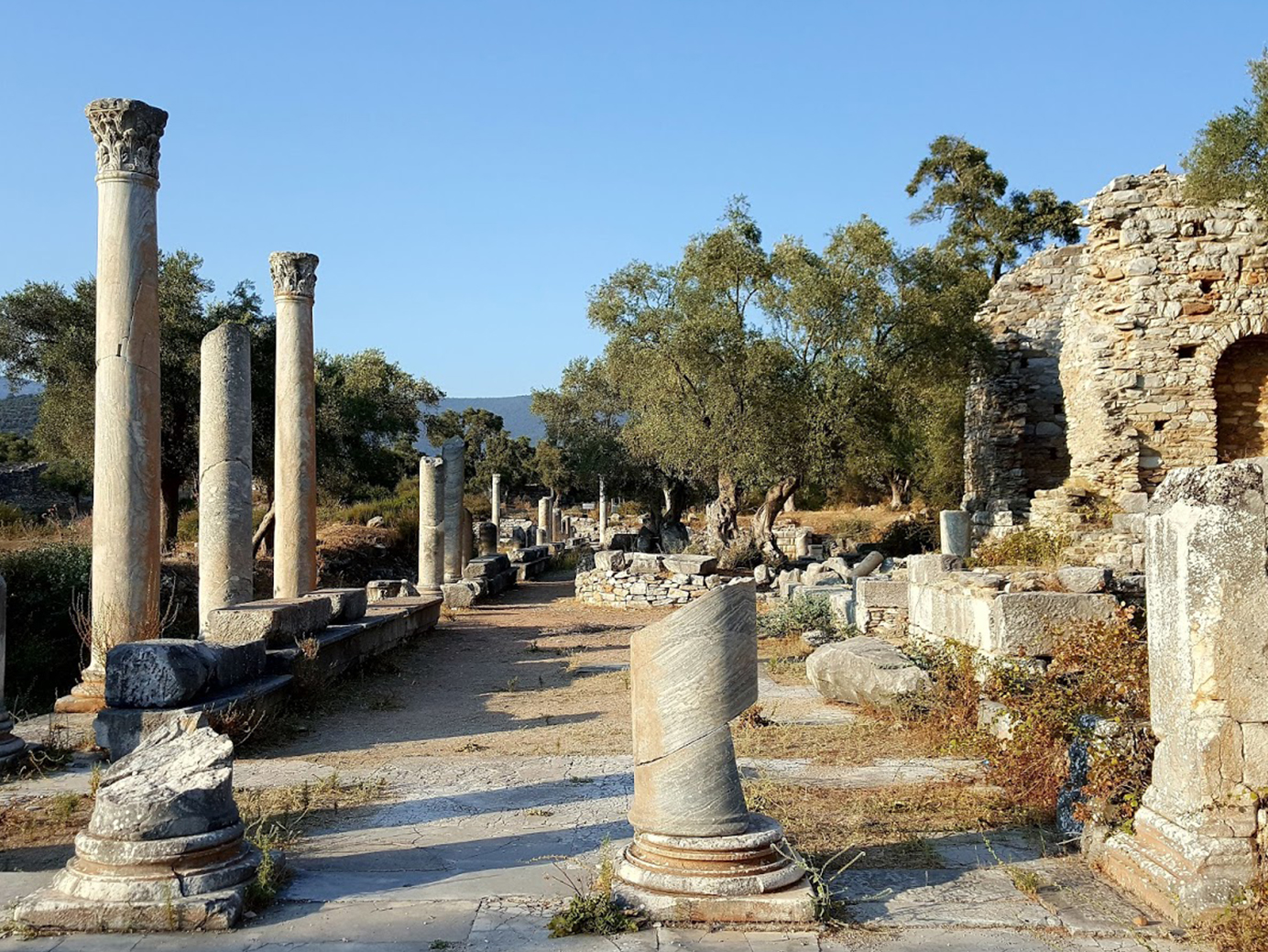
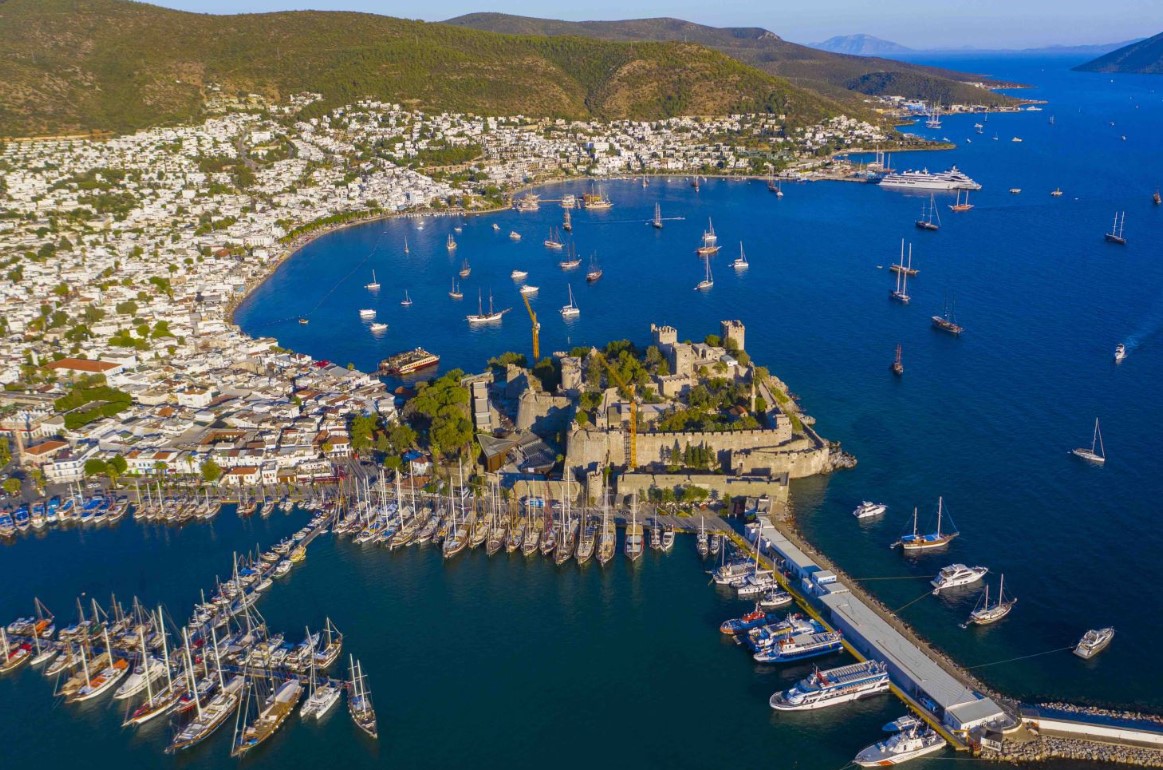


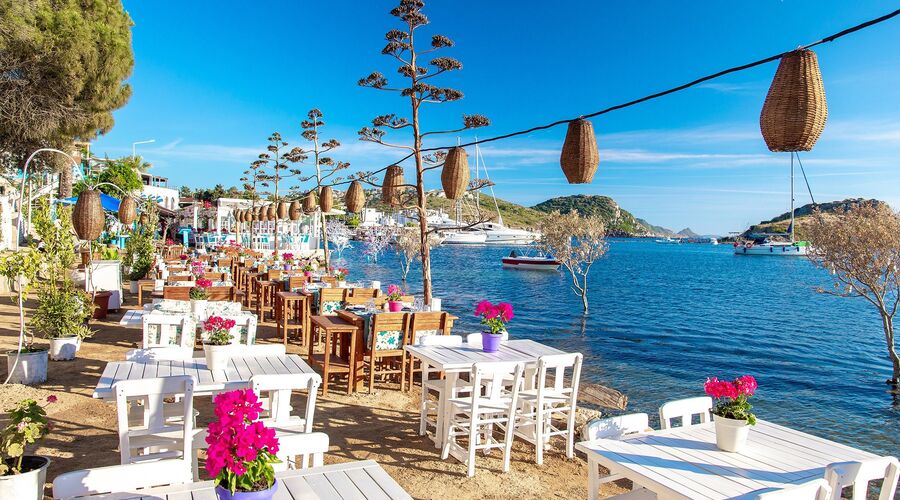
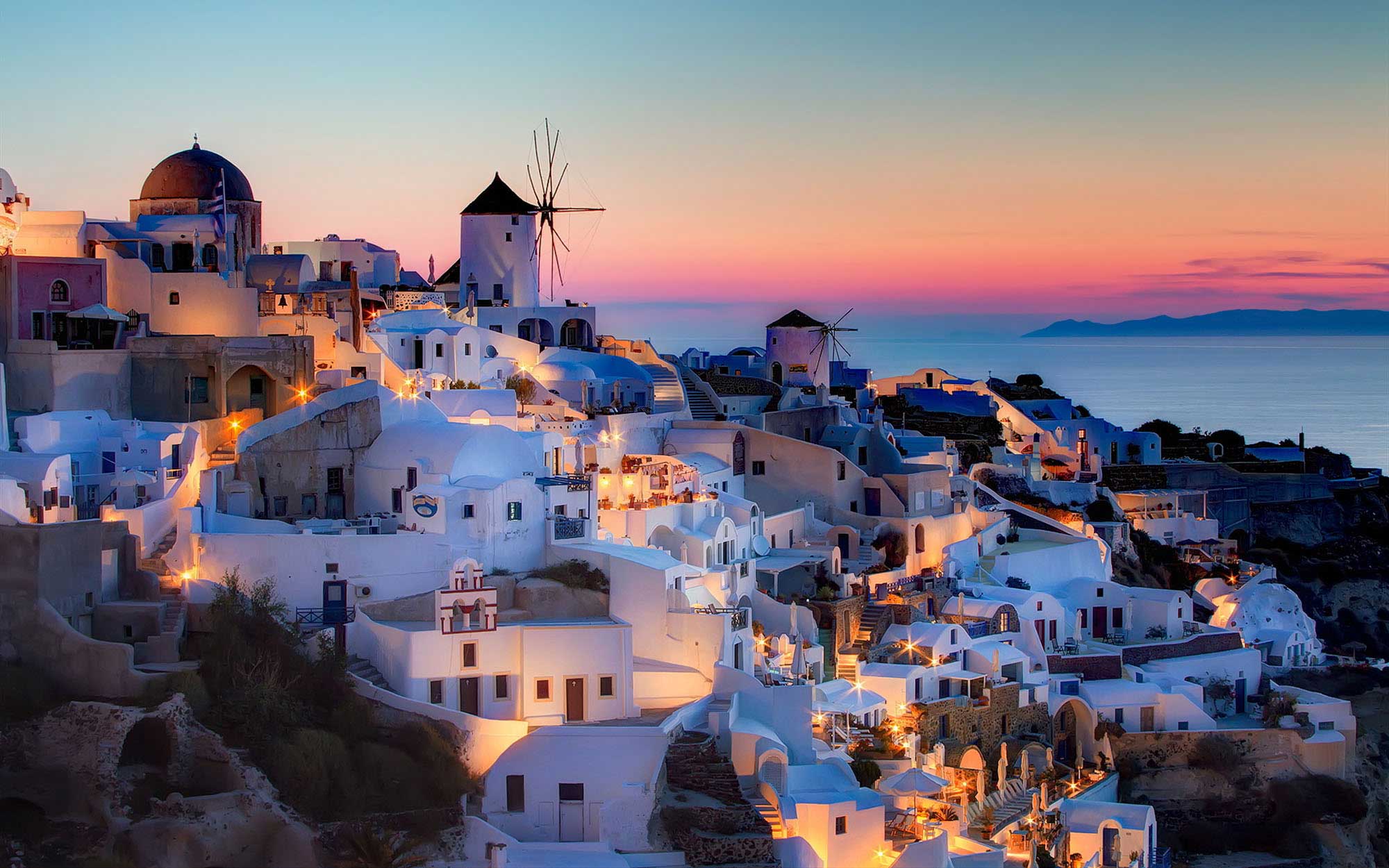
Leave Your Comments